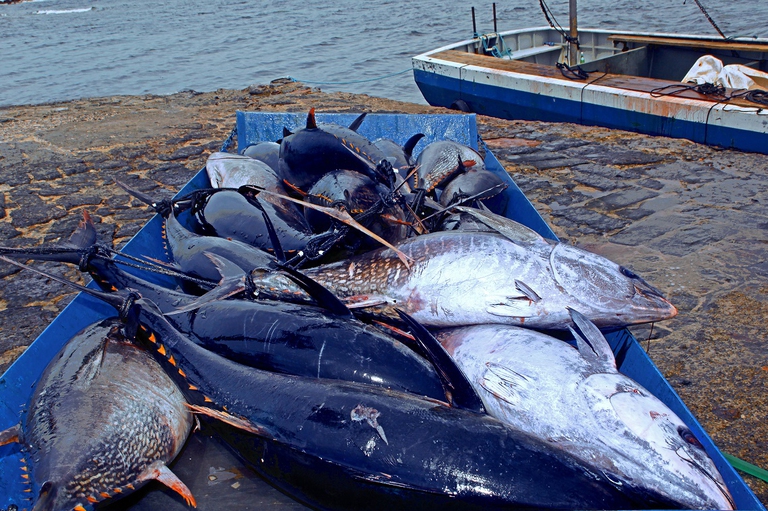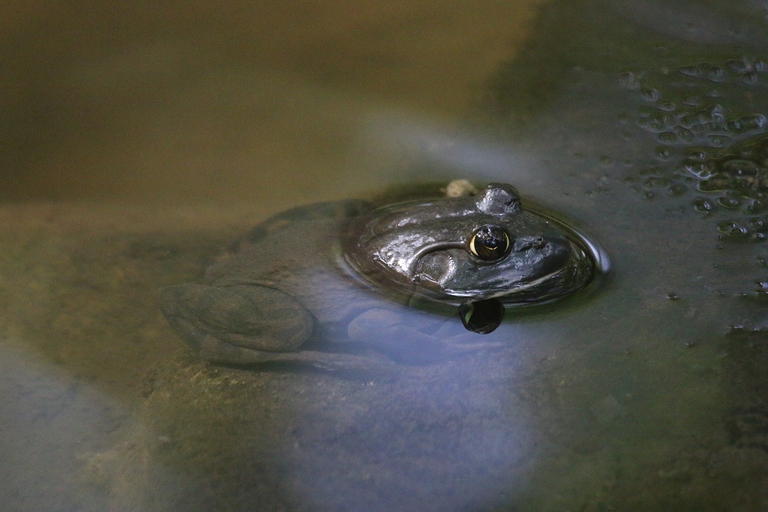
The Amazon became an alternative classroom during the pandemic. Now, the educational forest in Batraja, Bolivia, lives on to teach children and adults the value of nature.
According to a new study, global wildlife populations are at risk and two thirds of all animal species may disappear in the next four years.
Amphibians, mammals, reptiles, fish and birds: most of the world’s wildlife is silently and inexorably facing decline. According to the report “Living Planet 2016”, conducted by WWF, the Zoological Society of London and the Stockholm Resilience Centre, global wildlife populations have fallen by 58 percent from 1970 to 2012.
The study, published every two years to provide an assessment of the state of the world’s wildlife, looked at more than 14,000 populations of 3,706 different species of vertebrates from around the world and highlights an average decline of 2% every year. The report also reveals an even worse scenario: if we don’t take action to preserve these species, at least two-thirds of all animal species will disappear by 2020.
The incessant decline of animal species is undoubtedly caused by human activities. As human populations are rapidly growing, there is less space for animals, so habitat loss caused by deforestation and the increase in agricultural lands is one of the main causes of the loss of biodiversity. Other causes include the illegal trade in wildlife, which is worth up to 19 billion dollars annually, environmental pollution and climate change, hunting and fishing, and the introduction of non-native species that compete with native ones. “We know what the causes are and we know the scale of the impact that humans are having on nature and on wildlife populations – said Mike Barrett, head of science and policy at WWF – it really is now down to us to act”.
Animals living in lakes, rivers and wetlands are suffering the biggest losses, dropping by 81 percent between 1970 and 2012. This is due to groundwater pollution (amphibians breathe through their skin, so are particularly sensitive to water pollution) and the fragmentation of freshwater ecosystems. Big vertebrates, including African elephants and sharks, are also endangered and are threatened by poaching and overfishing.
Considering these alarming data, a change is necessary, before it’s too late. According to experts, 2020 could be the good year, because it is when some measures adopted at Cop 21 will enter into force and some of the goals of the UN Agenda for Sustainable Development are set to be achieved. From a utilitarian point of view, wildlife decline is a huge economic loss for our species. But, of course, there’s more to it. When most of the living beings with which we share the Earth are extinct, we will realise that the world is empty and sad without animals, and we will feel so alone.
Siamo anche su WhatsApp. Segui il canale ufficiale LifeGate per restare aggiornata, aggiornato sulle ultime notizie e sulle nostre attività.
![]()
Quest'opera è distribuita con Licenza Creative Commons Attribuzione - Non commerciale - Non opere derivate 4.0 Internazionale.
The Amazon became an alternative classroom during the pandemic. Now, the educational forest in Batraja, Bolivia, lives on to teach children and adults the value of nature.
Sharon Lavigne, one of the six winners of the 2021 Goldman Environmental Prize, is fighting to protect her community from plastics corporations.
Plastic pollution is airborne too. Microplastics are being carried across continents by the wind, as a recent study reveals.
Our species took its first steps in a world covered in trees. Today, forests offer us sustenance, shelter, and clean the air that we breathe.
Levels of particulates in New Delhi in 2020 were once again far above safety thresholds, with extremely serious health consequences for its citizens.
A major oil spill in the Ecuadorian Amazon in April has left the Coca River polluted. The indigenous Kichwa are suing the companies whose pipelines broke.
Molecules that eat up plastic waste, including PET bottles, may soon become widely used as scientists leap ahead in developing new super enzymes.
In Italy’s Land of Fires between Naples and Caserta, activists like Carmen Medaglia are fighting to promote new ways of managing waste.
Toxic substances in Kamchatka’s waters have killed 95% of marine fauna and caused health problems for surfers. The causes, however, are still unknown.










